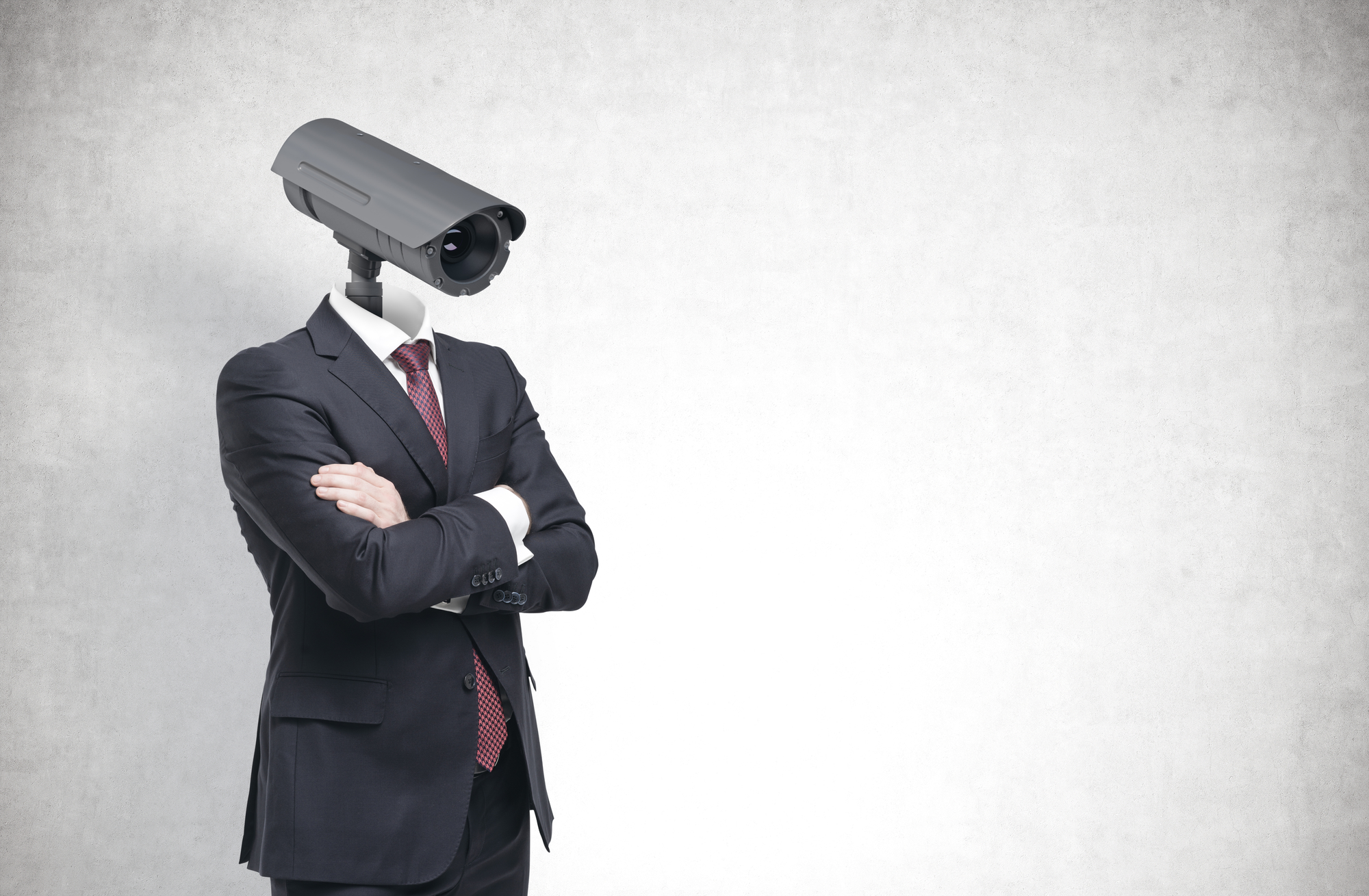From Cybersecurity to Physical Measures: Reinforcing Business Safety And Security in a Transforming World
In today's swiftly advancing digital landscape, the significance of corporate protection can not be overstated. As cyber threats become common and progressively sophisticated, companies must exceed standard cybersecurity steps to safeguard their possessions and procedures - corporate security. This is where the integration of physical safety measures comes to be critical. By combining the staminas of both cybersecurity and physical security, business can create a detailed protection strategy that attends to the diverse series of dangers they encounter. In this conversation, we will certainly explore the altering danger landscape, the need to incorporate cybersecurity and physical security, the implementation of multi-factor authentication steps, the value of worker understanding and training, and the adaptation of protection measures for remote workforces. By taking a look at these crucial areas, we will acquire useful insights right into just how companies can reinforce their company safety in an ever-changing globe.
Understanding the Transforming Danger Landscape
The developing nature of the modern-day world requires a comprehensive understanding of the altering risk landscape for reliable corporate protection. It is important for organizations to stay informed and adjust their security determines to attend to these evolving hazards.
One key element of recognizing the changing risk landscape is identifying the different types of dangers that organizations deal with. Cybercriminals are frequently developing new strategies to make use of susceptabilities in computer systems and networks. These dangers can range from malware and ransomware attacks to phishing frauds and social engineering strategies. In addition, physical threats such as theft, vandalism, and corporate espionage continue to be widespread problems for businesses.
Monitoring and evaluating the risk landscape is necessary in order to recognize prospective dangers and vulnerabilities. This involves remaining updated on the most up to date cybersecurity patterns, evaluating threat intelligence reports, and conducting normal danger assessments. By recognizing the altering hazard landscape, companies can proactively implement appropriate safety and security measures to minimize dangers and safeguard their assets, credibility, and stakeholders.
Integrating Cybersecurity and Physical Security
Integrating cybersecurity and physical safety is vital for detailed corporate security in today's interconnected and electronic landscape. As organizations increasingly count on innovation and interconnected systems, the boundaries in between physical and cyber threats are coming to be blurred. To effectively guard against these dangers, an all natural technique that combines both cybersecurity and physical protection steps is crucial.
Cybersecurity concentrates on protecting electronic properties, such as systems, networks, and data, from unauthorized gain access to, disturbance, and theft. Physical security, on the various other hand, includes actions to secure physical properties, individuals, and centers from threats and vulnerabilities. By incorporating these two domains, companies can deal with vulnerabilities and risks from both electronic and physical angles, thus enhancing their overall safety stance.
The integration of these 2 techniques enables a more detailed understanding of safety and security threats and allows a unified response to events. As an example, physical gain access to controls can be improved by incorporating them with cybersecurity procedures, such as two-factor authentication or biometric recognition. Cybersecurity steps can be enhanced by physical protection actions, such as security electronic cameras, alarms, and secure access factors.

Carrying Out Multi-Factor Authentication Steps
As companies increasingly focus on detailed protection steps, one reliable strategy is the application of multi-factor verification steps. Multi-factor verification (MFA) is a security technique that requires users to supply numerous kinds of identification to access a system or application. This strategy adds an additional layer of security by incorporating something the customer recognizes, such as a password, with something they have, like a finger print or a safety and security token.
By carrying out MFA, companies can substantially boost their safety stance - corporate security. Traditional password-based authentication has its constraints, as passwords can be conveniently compromised or forgotten. MFA mitigates these dangers by including an added verification variable, making it harder for unauthorized individuals to access to delicate info
There are a number of kinds of multi-factor authentication techniques readily available, consisting of biometric verification, SMS-based confirmation codes, and equipment tokens. Organizations need to assess their specific requirements and choose the most appropriate MFA solution for their demands.
Nonetheless, the implementation of MFA should be carefully planned and performed. It is critical to strike a balance in between security and use to avoid user disappointment and resistance. Organizations ought to also take into consideration prospective compatibility problems and offer adequate training and assistance to make sure a smooth shift.
Enhancing Employee Recognition and Training
To strengthen company safety and security, companies must prioritize improving employee understanding why not look here and training. Lots of protection breaches happen due to human mistake or lack of awareness.
Efficient staff member recognition and training programs ought to cover a large array of subjects, consisting of data protection, phishing attacks, social engineering, password hygiene, and physical safety measures. These programs should be tailored to the specific demands and responsibilities of different worker functions within the organization. Routine training simulations, workshops, and sessions can help employees develop the required abilities and understanding to determine and respond to protection threats properly.
Additionally, organizations ought to encourage a society of protection recognition and supply ongoing updates and suggestions to keep workers informed concerning the most current risks and reduction strategies. This can be done through inner communication channels, such as newsletters, intranet portals, and e-mail campaigns. By this link cultivating a security-conscious workforce, companies can significantly minimize the possibility of security cases and protect their beneficial possessions from unapproved gain access to or concession.

Adapting Security Procedures for Remote Workforce
Adjusting company security steps to fit a remote workforce is necessary in ensuring the security of delicate details and assets (corporate security). With the raising trend of remote work, organizations need to apply appropriate safety and security measures to minimize the threats related to this brand-new way of working
One important element of adjusting security measures for remote work is establishing secure communication channels. Encrypted messaging platforms and online personal networks (VPNs) can help safeguard delicate info and stop unauthorized gain access to. Furthermore, companies should apply making use of solid passwords and multi-factor authentication to improve the safety of remote gain access to.
One more important consideration is the implementation of secure remote access remedies. This entails supplying staff members with safe access to corporate sources and data through digital desktop computer facilities (VDI), remote desktop protocols (RDP), or cloud-based services. These technologies ensure that delicate info remains protected while making it possible for workers to perform their duties successfully.

Lastly, detailed protection awareness training is crucial for remote workers. Training sessions need to cover best methods for securely accessing and managing delicate details, recognizing and reporting phishing attempts, and preserving the total cybersecurity health.
Conclusion
In final thought, as the risk landscape continues to advance, it is vital for companies to enhance their security gauges both in the cyber and physical domain names. Incorporating cybersecurity and physical protection, carrying out multi-factor authentication measures, and boosting worker awareness and training are essential actions towards achieving durable corporate protection.
In this conversation, we will discover the changing threat landscape, the demand to incorporate cybersecurity and physical protection, the application of multi-factor verification steps, the significance Find Out More of staff member understanding and training, and the adjustment of safety and security measures for remote workforces. Cybersecurity measures can be matched by physical security procedures, such as surveillance video cameras, alarms, and safe and secure access factors.
As companies increasingly prioritize comprehensive safety measures, one efficient strategy is the execution of multi-factor authentication actions.In conclusion, as the danger landscape proceeds to evolve, it is important for organizations to enhance their protection measures both in the cyber and physical domains. Integrating cybersecurity and physical safety and security, executing multi-factor authentication measures, and enhancing employee recognition and training are necessary actions in the direction of attaining durable business security.
Comments on “Navigating the World of Corporate Security: Secret Insights and Finest Practices”